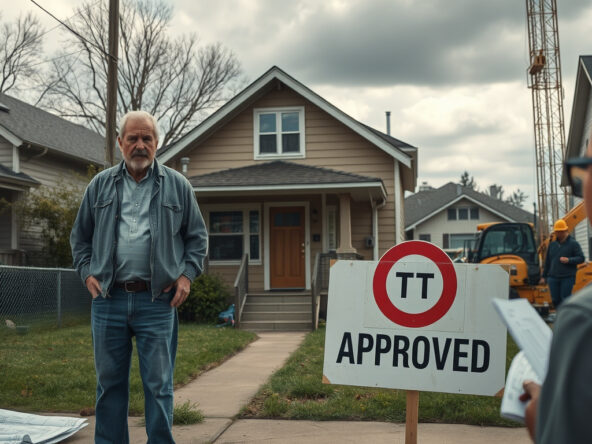New Regulations on Houses in Multiple Occupation
The local council, addressing a four‐year surge that saw HMOs expand from 117 to 720, has imposed strict measures requiring planning consent for every HMO change; this council decision, reacting to a spike in shared rental units, tightens planning controls while local community concerns mount.
Overview of New Measures
Under the Article 4 direction, every structure intended for HMO conversion must obtain planning permission; prior modifications—for cases with up to six tenants—were allowed without such oversight, but now each proposal enters a regime where residents can register objections through established regulatory channels, and each step of the process remains connected with its oversight.
Rationale Behind the Regulation
Local residents, citing excessive concentrations that trigger anti-social incidents, increased traffic flows, and greater pressure on public services, have raised alarms; the council, aiming to curb these negative effects, institutes mandatory planning approvals that tie each HMO transformation directly to a formal screening process designed to realign residential density with community stability.
Implications for Property Investors
Investors, considering entry into a property market that now requires strict planning adherence, must note that every conversion into an HMO is bound to local regulations; any work performed without permission risks enforced remedial actions at the owner’s cost, and professionals are advised to consult local planning services for exact procedural directions and detailed assessments of proposed developments.
Conclusion
Bolton’s new regulatory framework, responding to unprecedented increases in HMOs, marks a shift toward enforced planning permissions for every conversion; this framework, binding each development step to a stricter review process, reconfigures the shared housing landscape and compels property investors to adjust strategies in line with local planning protocols.



